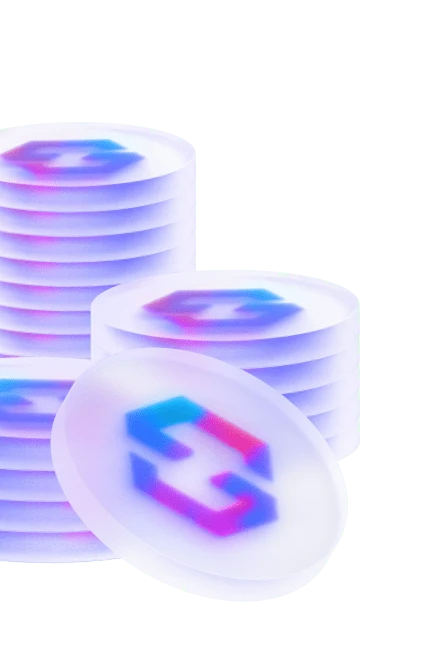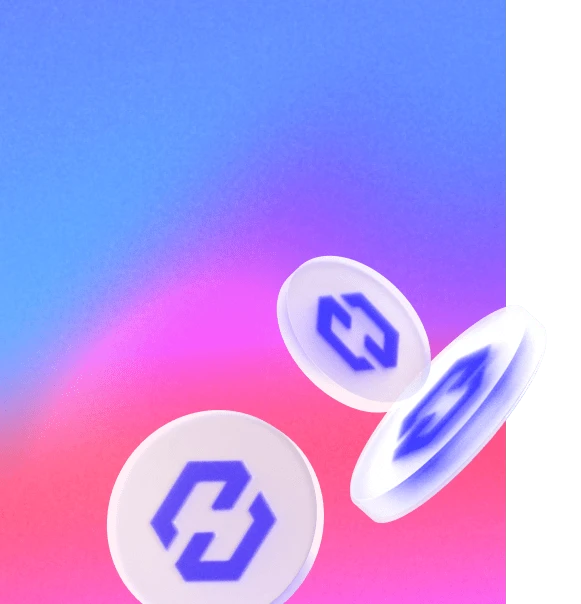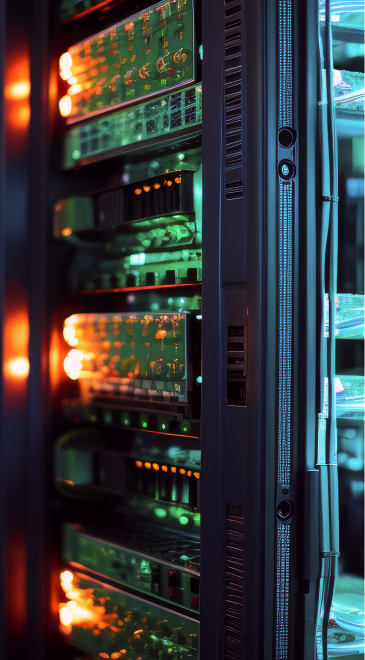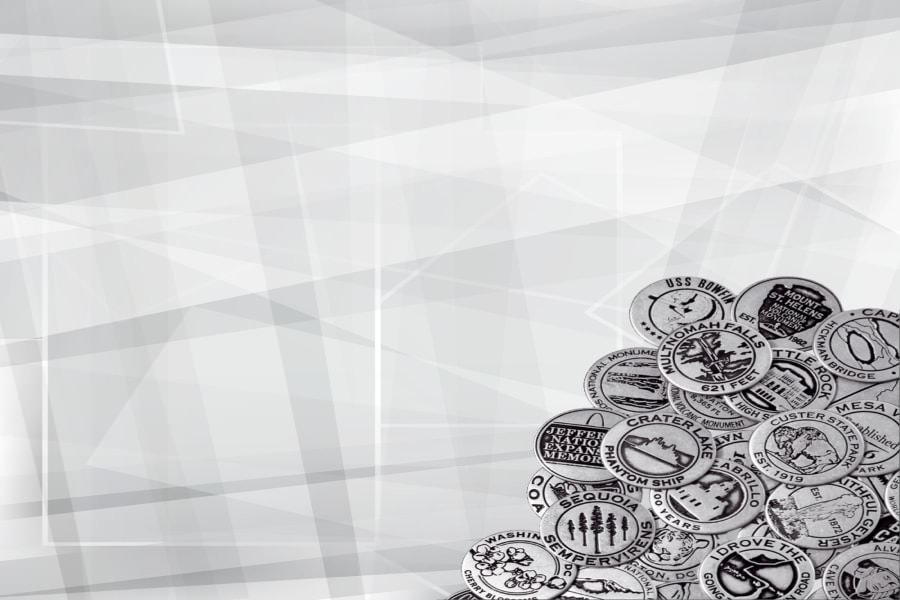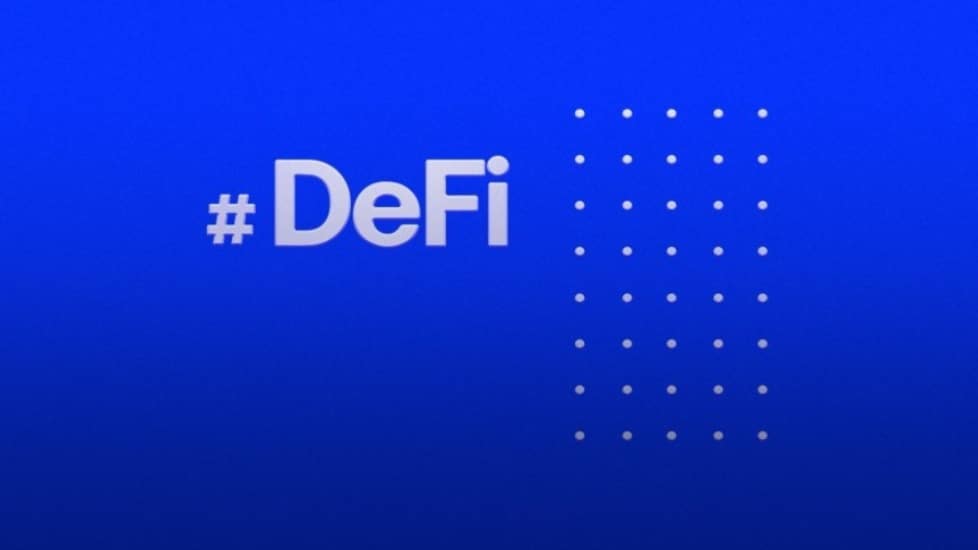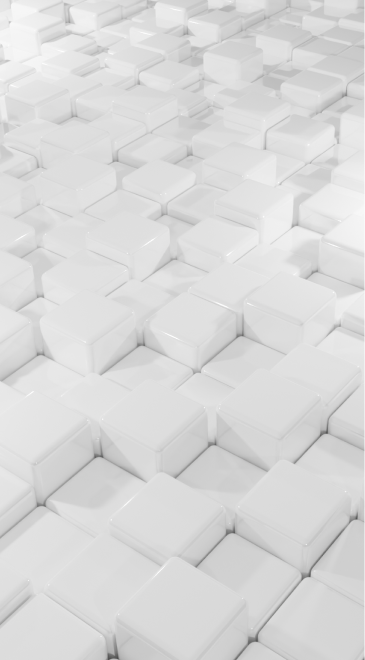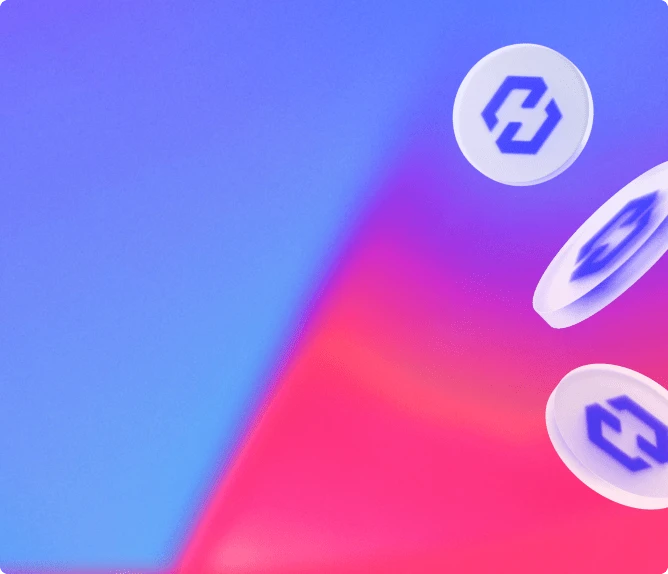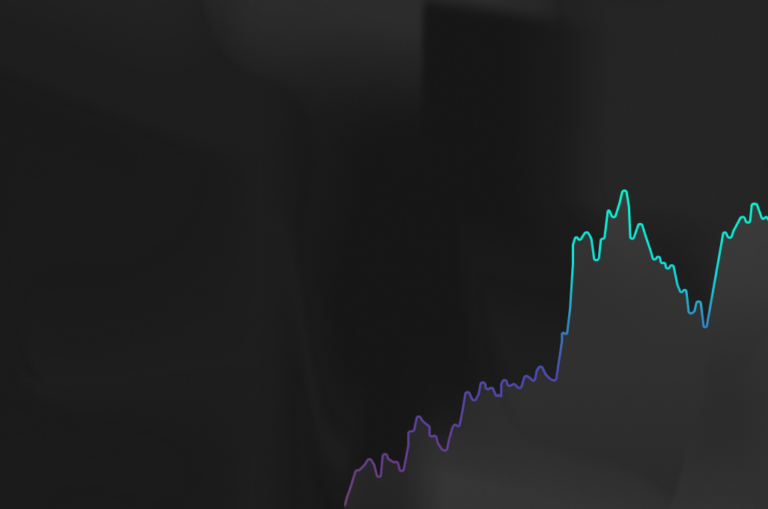What is crypto-asset mining?
In the world of crypto-assets, we often hear about mining, the activity that can bring in a comfortable income in cryptos.
The system relies heavily on the work of miners.
But mining is far from easy to set up.
- How do I mine crypto-assets?
- What equipment do I need?
- Is it profitable?
We’ll see that crypto-asset mining has become an extremely competitive business, requiring complex calculations to predict its profitability.
Crypto-assets are decentralized systems.
The issuance of these assets and the decisions concerning them are not made by a central bank or a single player, but by a network of interconnected machines. What exactly is crypto mining?
Crypto mining, also known asProof of Work, is the activity of using computer hardware to verify and record transactions on a blockchain.
Most of the time, the computer protocol provides for remuneration for these miners, in the form of monetary creation of the asset in question. Each miner is in competition with the others.
To “engrave” a new block of transactions in the blockchain, it is necessary to solve a simple cryptographic problem, but the result takes a very long time to obtain.
The first computer to find the solution to the problem validates the pending transactions.
This validation enables it to receive the expected reward.
Miners often organize themselves into groups called pools, which share out the rewards if one of them is the lucky one.
What equipment is used for mining?
The first blockchain, Bitcoin, was created in 2009.
It was then that the term “crypto mining” was coined.
In the early days, only a handful of developers with a passion for the project managed this crucial step.
At the time, the only computer component used for mining was the PC processor (CPU).
In the early days of Bitcoin, this was more than enough, and it was easy to use.
Today, the performance of a CPU would be insufficient for this activity.
Laszlo Hanyecz, known for making the first bitcoin payment, is also famous for being the first miner to use graphics processing units (GPUs).
He successfully adapted the algorithm, achieving a significant increase in its yield.
When he discussed this with Satoshi Nakamoto, the inventor of bitcoin, Nakamoto was worried.
He feared that the use of the GPU would limit activity to the best-equipped miners, to the detriment of others.
Laszlo Hanyecz decided to stop talking about his discovery.
Too late, because GPU mining is rapidly gaining ground.
Other technologies were tried and tested, before the advent of Application-Specific Integrated Circuits (ASICs), dedicated hardware that enables mining to be carried out much more efficiently, and with lower power consumption.
Machine configuration is also simpler with ASICs.
By 2023, all Bitcoin miners will be ASIC miners.
These are expensive machines, and demand is such that they are hard to come by.
The best-known manufacturer at present is Bitmain.
How does crypto-asset mining work?
Mining has two purposes:
- Verify that crypto transactions on the blockchain are legitimate.
- Increase the money supply of the mined crypto
Crypto-assets are based on the blockchain.
Mining involves solving simple cryptographic problems that take a long time to solve.
This requires machines with solid computing power, as all this work is automated.
The more miners there are to solve the problems required to validate the transaction, the greater their total computing power, and the greater the difficulty in solving the problem posed.
The miner plays an important role: the network’s security and smooth operation depend on his work, as does the immutable nature of a blockchain.
It is thanks to this work that any transaction engraved on a blockchain is impossible to modify.
How do you calculate profitability?
The profitability of mining equipment depends on a number of factors:
- the hashrate, i.e. the computing power of the machines
If you’re planning to create a mining operation, you’ll need to buy hardware, and that hardware can be very expensive.
In general, the more powerful the hardware (and therefore the higher the hashrate), the more it costs.
Electricity is the main cost of a mining installation.
Generally speaking, in France at least, the price of electricity is too high for a mining operation to be profitable.
Miners’ earnings are paid in full in Bitcoin, whose price can be highly volatile.
This has a direct impact on the potential profitability of a mining operation.
- the “difficulty” of the network
The difficulty of the cryptographic problem to be solved by the miners is directly proportional to the total hashrate of all miners combined.
The more miners there are on the market, the lower the profitability of a given installation.
Calculating the profitability of a mining installation depends on all these parameters, and can therefore be relatively complex.
In general, it’s assumed that a profitable operation relies on economies of scale, and so the biggest companies in this field are the most profitable.
How does a mining farm work?
A mining farm is a place where a large number of computers and servers dedicated to crypto mining are installed.
This enables miners to generate immense computing power to increase their profitability.
What crypto-assets can be mined?
There are many of them.
Here are the main ones you need to know about:
How does cloud mining work?
This new service offers the possibility of mining crypto-assets without having to buy or install any hardware.
The principle behind cloud mining is as follows: a company invests in the hardware needed to mine efficiently.
It manages all the technical aspects, from energy bills to hardware purchases… It offers individuals contracts to “rent” its computing power in the cloud.
So the individual doesn’t have to do anything, except invest.
In return, they receive revenue from mining.
Welcome to the era of cloud mining.
Cloud mining offers the possibility of mining crypto-assets without having to buy hardware
This service takes the form of a contract.
The user chooses the crypto-asset to be mined and the computing power to be rented.
The mining company takes care of the rest.
Worldwide, cloud mining companies are setting up in countries with low electricity costs.
At first glance, this seems very advantageous for the individual, as he or she doesn’t have to invest in the necessary equipment, doesn’t have to suffer the inconveniences of mining at home (noise, heat, consumption), and his or her contract is concluded in just a few clicks.
Even when it comes to cloud-mining, there’s no magic bullet.
A great deal of research is required beforehand, in particular to find out how serious the company is, whether the crypto-assets on offer are interesting to mine, and to run profitability simulations.
And of course, the company running these machines will charge a commission on revenues, which can be quite substantial.
So, should you start mining?
Most of the time, those interested will focus on the price of electricity and the potential income that mining equipment can generate.
But there’s one very important cost that needs to be taken into account from the outset: the purchase of ASICs.
We’re talking about several thousand euros to start with.
So it’s important to bear in mind that, for quite a long time (at least a year), all the income generated by mining will go towards paying off the purchase of these machines, even before they’ve earned a single euro.
This very specific type of equipment can quickly become obsolete: new machines are released every year, each more powerful than the last.
Their resale price is therefore negligible after a few years.
The volatility of crypto-assets also needs to be taken into account.
The miner receives tokens from the crypto he has mined.
If the price stabilizes or rises, he can earn interesting sums.
But if the price collapses, his tokens immediately lose value.
The question then arises: should we invest in hardware that, after a year, just gets us back to where we started, or simply buy crypto-assets?
It has to be said that for most years, the income generated by simply holding crypto-assets is much higher the income that mining as an individual activity can generate.
Conclusion
While in the past it was conceivable for an individual to invest in hardware to earn money from mining, today such a proposition is very difficult to sustain, mainly because of professional players saturating the market with colossal computing power.It seems to us that a much better proposition is toinvest in crypto-assetswhose value can evolve rapidly enough to offer much more appreciable gains than through mining.
